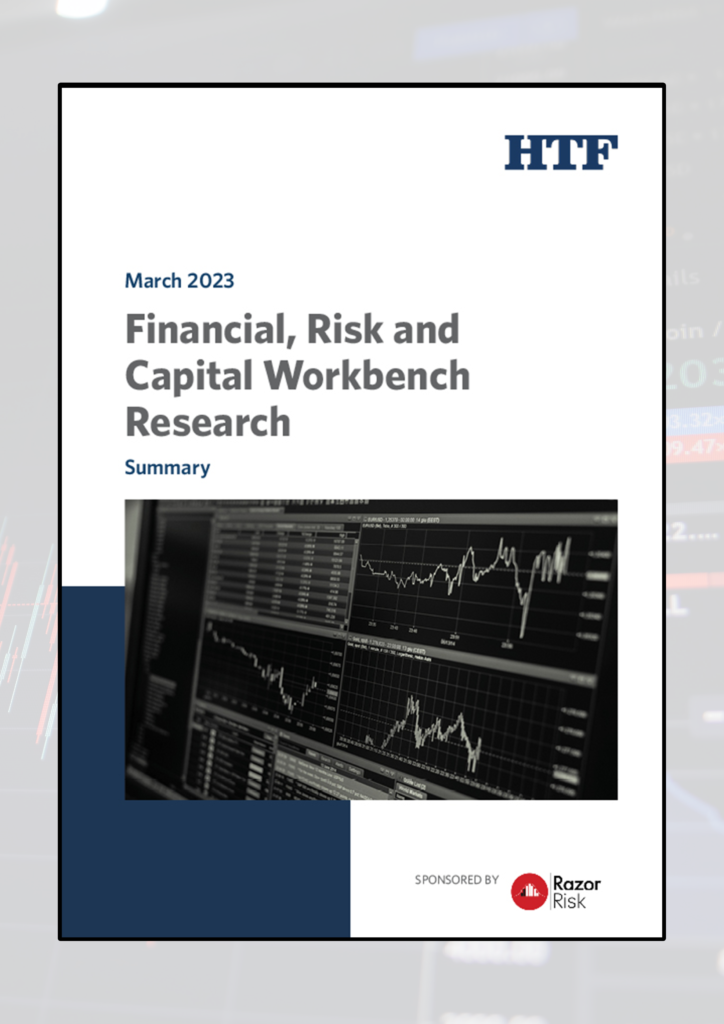Financial, Risk and Capital Workbench White Paper

This report looks at the Financial, Risk and Capital Workbench area.
Scope
- To assess the needs today within the banking sector for a more interactive approach to risk and finance analytics than has historically been the norm or possible
- To identify those areas where the shortcomings of existing infrastructure are most keenly felt and where potential improvements would be of greatest value
- To gauge the ability and appetite of financial organisations to meet those needs with an innovative approach which optimises the utility of their current systems and architecture
Areas of Focus
- The analysis required to support the Credit Monitoring requirements for lending institutions, reflected in the EBA’s Guidelines on Loan Origination and Monitoring,
- The BCBS 239 principles – particularly around the ability to meet “a broad range of on-demand, ad hoc risk management reporting requests” and “identify emerging risk concentrations”
- The more general business need for all financial institutions to be able to respond quickly and in an informed way to shocks, ad hoc internal and external requests, sudden market turmoil, fleeting opportunities and dreaded “Fire-Drills”.
Key areas covered include:
- Ad-Hoc/Interactive projections and stress testing for:
- Your credit portfolio
- Your full balance sheet
- RAROC, EVA, return on RWA
- Interactive portfolio decision processes around risk profitability trade off
- Early warnings for unexpected events and assessment of effects
- Ability of systems to meet the needs for ad/hoc instant analysis
- Alignment of Risk and Finance for Ad-Hoc Analysis
- Reliance on Static/out of date results
- Multiple budget plans with consistent assumptions
- Out of budget analysis to optimise portfolio of balance sheet
- Pre-run annual stress tests to identify areas of weakness
- Timely response to Regulator and Board requests
- Frequency and disruptiveness of fire drills
- Top down modelling of emerging risks